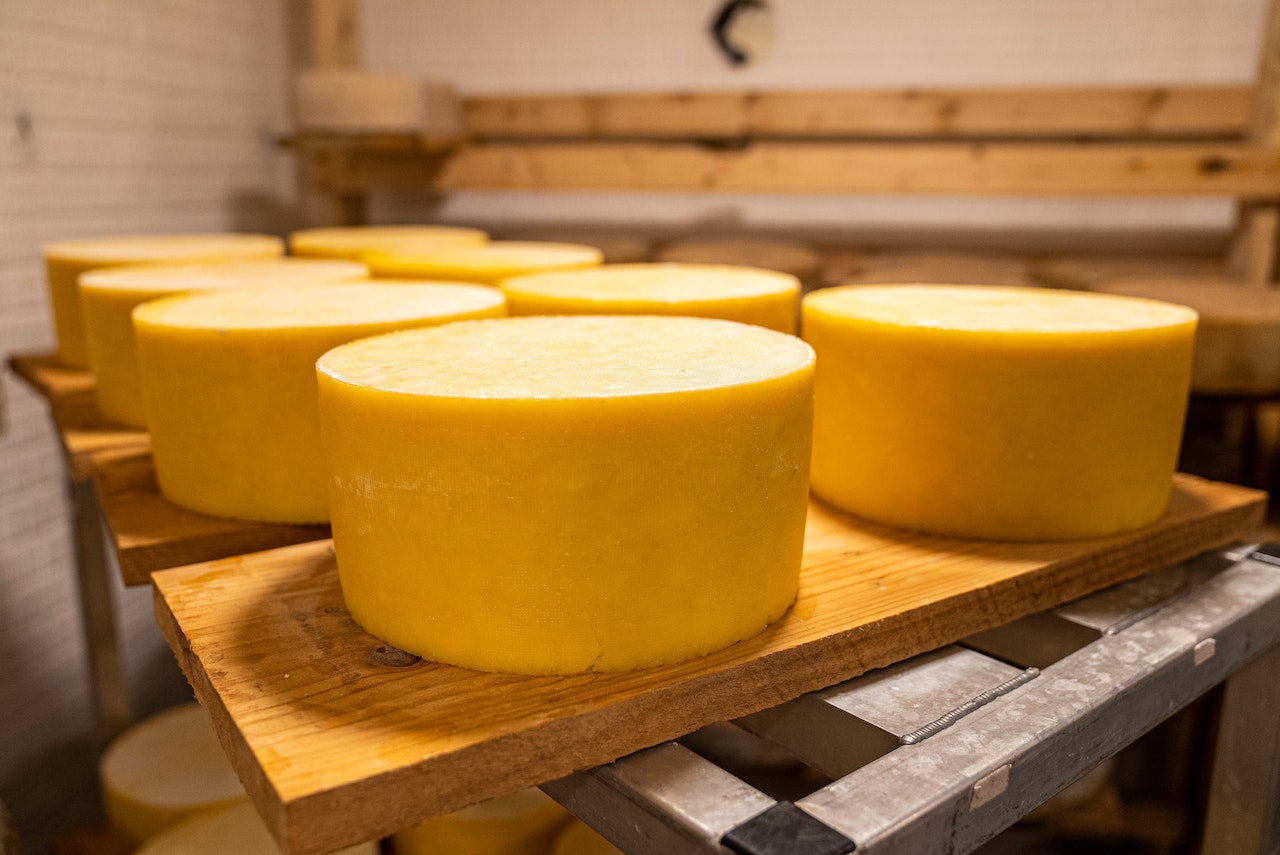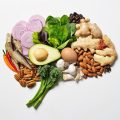Tyramine is a naturally occurring compound that belongs to a group of substances called biogenic amines. It is derived from the amino acid tyrosine and is found in various foods and beverages. Tyramine is produced through the decarboxylation of tyrosine by the action of bacteria and enzymes present in certain foods.
Foods that are particularly rich in tyramine include aged and fermented products. The levels of tyramine can vary depending on the specific product and its production process.
Tyramine has been associated with certain health effects and is known to affect individuals who have a sensitivity to it or who have certain medical conditions. In some cases, excessive consumption of tyramine can lead to a condition known as tyramine sensitivity or tyramine intolerance.
For individuals with a sensitivity to tyramine, consuming foods high in tyramine can cause various symptoms such as headaches, migraines, increased blood pressure, rapid heartbeat, nausea, vomiting, sweating, and in severe cases, it can even lead to a hypertensive crisis. People who are taking certain medications, particularly monoamine oxidase inhibitors (MAOIs), should be particularly cautious about their tyramine intake as these medications can interact with tyramine and cause potentially dangerous reactions.
It’s worth noting that tyramine is generally well-tolerated by most individuals, and only those who are sensitive to it or have specific health conditions need to be cautious about their intake.
Top 19 Foods High In Tyramine
Here are the top 19 high-tyramine foods you should know:
- Aged Cheeses: Cheeses that have gone through an aging and fermentation process tend to have higher levels of tyramine. Examples include blue cheese, cheddar, Swiss, Parmesan, and Gouda.
- Fermented Soy Products: Fermented soy products like soy sauce, miso, and tempeh contain notable amounts of tyramine. These condiments and ingredients are commonly used in Asian cuisine.
- Cured Meats: Cured meats, such as salami, pepperoni, and sausage, are known for their rich flavors resulting from fermentation, drying, or smoking processes. These methods contribute to higher tyramine content.
- Smoked Fish: Fish that has been smoked, such as smoked salmon and mackerel, can contain elevated levels of tyramine due to the smoking process.
- Pickled or Fermented Foods: Foods that undergo pickling or fermentation, like sauerkraut and kimchi, have increased tyramine content. These preservation methods involve the action of bacteria that produce tyramine as a byproduct.
- Aged or Cured Sausages: Similar to cured meats, aged or cured sausages like aged salami and chorizo can have higher tyramine levels due to their fermentation and curing processes.
- Red Wine: Red wine is known to contain tyramine, with levels varying depending on the grape variety, fermentation process, and aging. Tyramine is more commonly associated with red wine than white wine.
- Beer: Certain types of beer, particularly craft beers and ales, can have notable tyramine content. Additionally, tap beers (served on draft) may contain higher levels compared to canned or bottled beers.
- Spirits: Some spirits, such as whiskey, bourbon, and certain liqueurs, have been reported to contain tyramine. However, the tyramine content in spirits is generally lower than in fermented beverages like wine and beer.
- Avocado: Avocados contain tyramine, particularly when they are fully ripe. However, the levels are generally not as high as in some other foods on this list.
- Banana: Overripe bananas are known to have higher tyramine levels compared to ripe or unripe bananas. The tyramine content increases as the banana ripens.
- Fermented Dairy Products: Fermented dairy products like yogurt and sour cream can contain tyramine, though the levels may vary. It’s worth noting that not all dairy products have significant tyramine content.
- Broad Beans: Also known as fava beans, these legumes contain tyramine. People taking certain medications, such as MAOIs, should be cautious with broad bean consumption due to potential interactions.
- Citrus Fruits: While not exceptionally high in tyramine, citrus fruits like oranges, lemons, and grapefruits contain trace amounts of this compound.
- Nuts and Seeds: Some nuts and seeds, such as walnuts, peanuts, and sunflower seeds, have been reported to contain small amounts of tyramine.
- Chocolate: Chocolate, particularly dark chocolate, contains tyramine. The levels can vary depending on the type of chocolate and the cocoa content.
- Onions: Onions, especially when raw or cooked for an extended period, have been associated with tyramine content. However, the levels are generally lower compared to other foods on this list.
- Eggplant: Eggplant can contain tyramine, especially if it is not fresh. The tyramine content may increase as the eggplant ages or undergoes prolonged storage.
- Sourdough Bread: The fermentation process involved in making sourdough bread can contribute to higher tyramine levels compared to other types of bread.
It’s important to note that the tyramine content in foods can vary due to factors like processing methods, ripeness, storage conditions, and individual variations. If you have concerns about tyramine sensitivity or are following a specific diet, consulting with a healthcare professional or a registered dietitian is recommended for personalized guidance.






